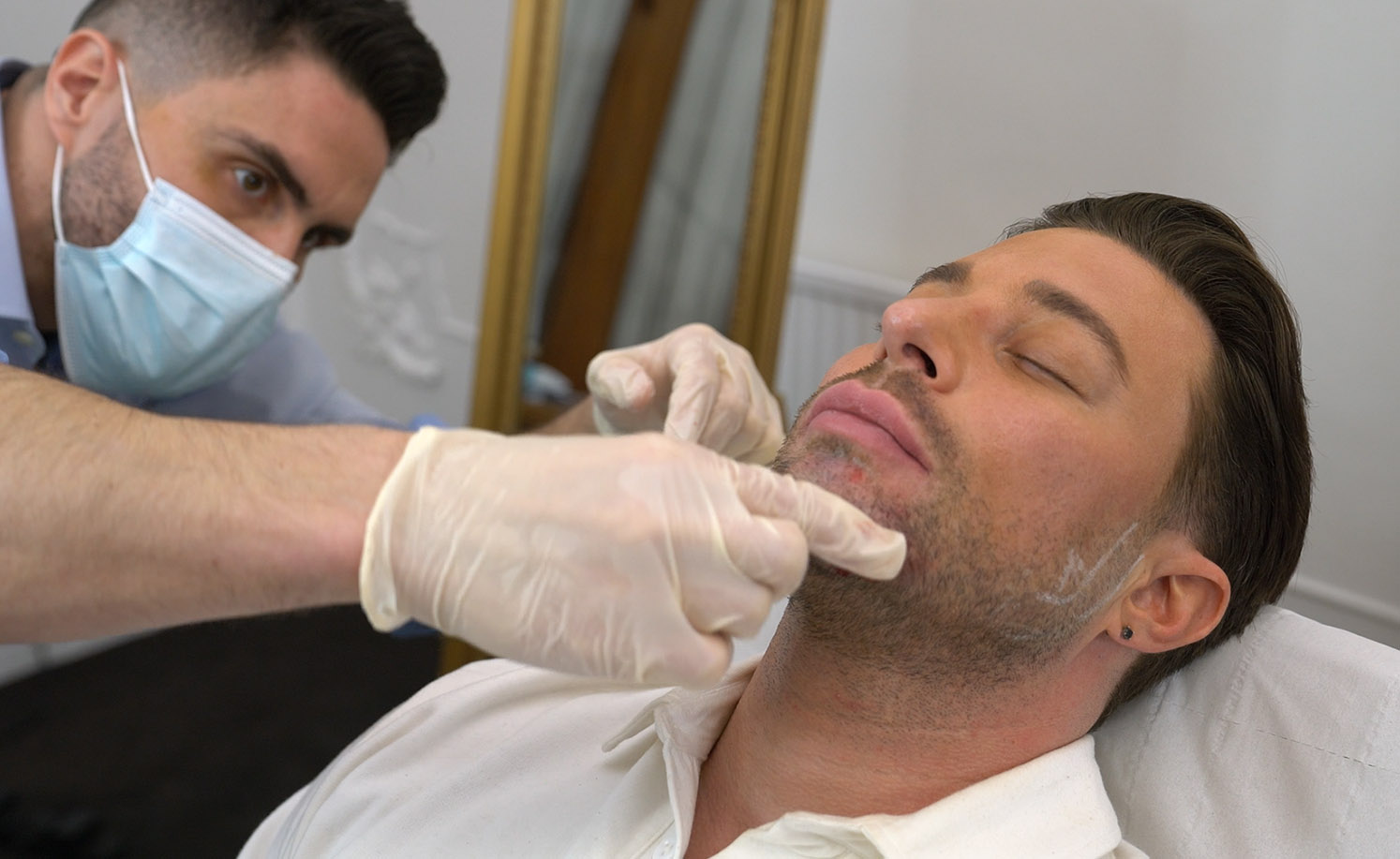
Save 10% off all our courses!
Plus get the Polynucleotides course for FREE when enrolling on the Level 7 course.

Plus get the Polynucleotides course for FREE when enrolling on the Level 7 course.
The chance to forge a lucrative new career path as well as greater professional autonomy are two commonly cited motivations behind the upsurge in healthcare professionals considering a move into medical aesthetics. Doctors, dentists, nurses and pharmacists undergo rigorous and regulated training within the NHS, and while such training is indispensable for a safe and successful career in the facial aesthetics field, the move into the private sector can be fraught with challenges, not least in regard to training and qualifications.
There are now a multitude of training courses in injectables, with vast differences in content, delivery and entry requirements. As a healthcare professional, it is important that you chose the right course for your needs and objectives, and that crucially, your decision is informed. When it is considered that the majority of individuals undertaking non-surgical aesthetic courses do not go on to use their skills, the importance of choosing the right course becomes even more apparent.
Injectables courses should provide both theoretical and practical training, equipping delegates with the knowledge and skills to move into independent practice safely. First and foremost, courses need to be patient-focused, with training on injecting real patients. The use of mannequins cannot compare to examining and treating real patients – such training will never provide the confidence required to embark on practice after the course.
When you provide aesthetic injectable treatments, you are not simply injecting a face. Treatment must be holistic, including an assessment of the patient’s expressions, a geometrical analysis of the face, as well as a discussion of the patient’s expectations and reasons for seeking treatment. From the outset of training, it is crucial to adopt this patient-centred, holistic approach to facial aesthetics.
Choosing a course which offers a low student to trainer ratio is vital to ensue you get the hands-on training necessary to build your confidence. Demonstrations in large groups, with little to no hands-on injecting, will often leave delegates lacking in experience and confidence following a course – it is not uncommon for Interface Aesthetics to train delegates who have come to repeat a course after a poor previous experience with another training provider taught in a large group.
In a small teaching group, you’ll receive crucial feedback on your injecting technique, as well as having greater opportunity to assess and interact with patients on the course.
Getting into the habit of assessing a patient systematically will pay dividends upon commencing independent practice, and a small group environment is fundamental to being able to practise this during training.
As in any area of healthcare, competency in a skill requires knowledge, skill and experience. Training in injectables is no different, and to get the most from your course, it must be geared towards enabling the maximum opportunity to inject patients. Courses which focus most or a large part of the time on classroom-based theoretical learning will never give you the confidence you require to move into independent practice.
While theoretical understanding of important concepts is crucial, the key objective of any delegate attending a course must be getting comfortable assessing and treating patients
Choosing a course that places experiential learning over classroom lectures and simulated teaching is fundamental to coming away with the confidence needed to begin independent working. Interface Aesthetics puts practical training at the core of all courses, with 80% of course time on both the Foundation and Advanced Courses consisting in practical injecting on live models. In an increasingly competitive market, the importance of getting the most injecting and treating time out of a course cannot be understated.
Courses can be expensive, and as such choosing the right training provider is a significant decision which, if done well, can represent an excellent investment. Training courses are an opportunity to learn from others, practise under supervision and receive feedback in a safe and supportive setting. Interface Aesthetics training is designed with practical, hands-on experiential learning at its very heart, along with a commitment to never allow group sizes to go beyond 4 delegates.
Along with the credentials and experience of the trainer, getting the hands-on training in the taught procedures should be at the top of the list of requirements for any course in non-surgical aesthetics. Make sure you make an informed decision before making choosing your training provider.